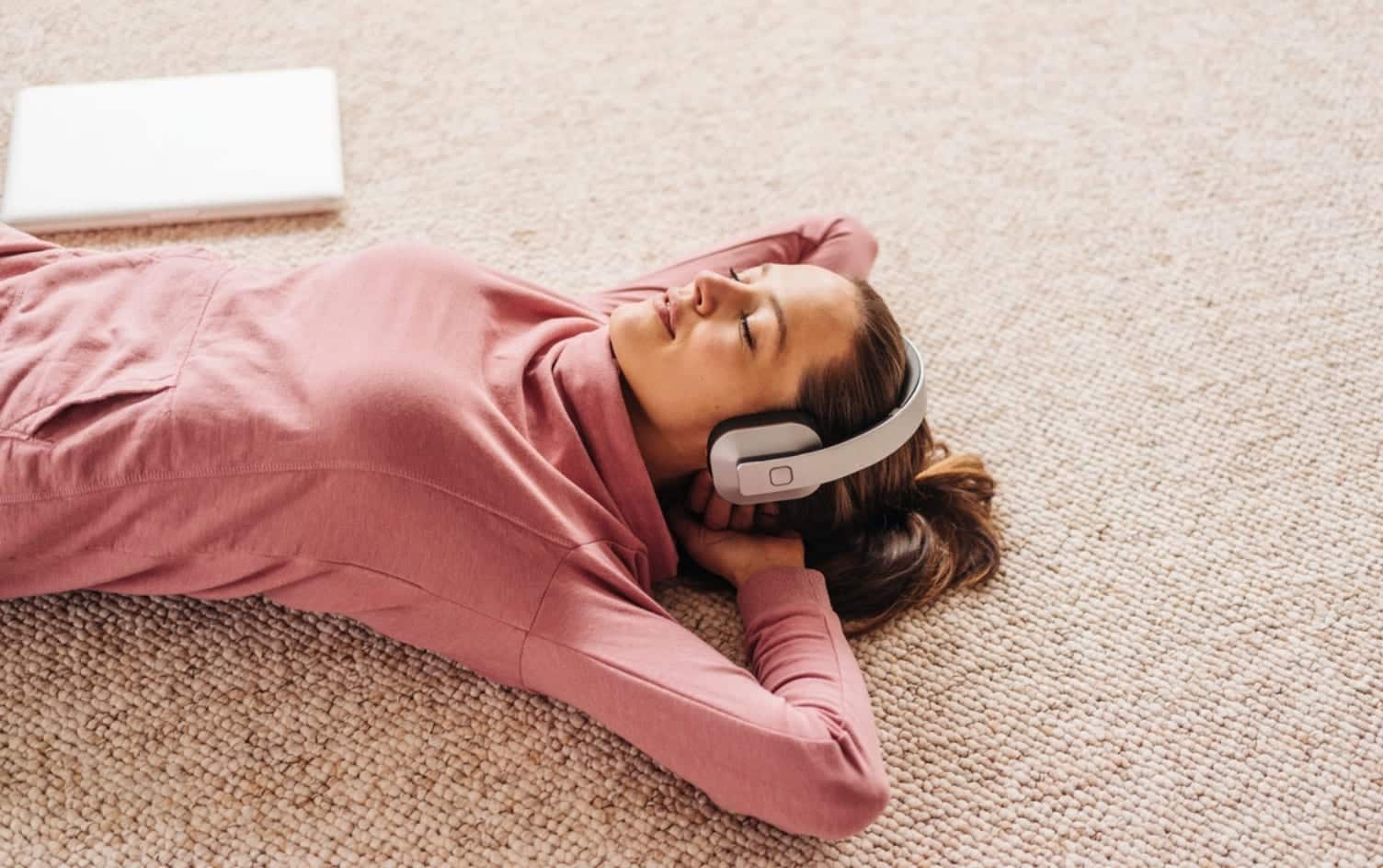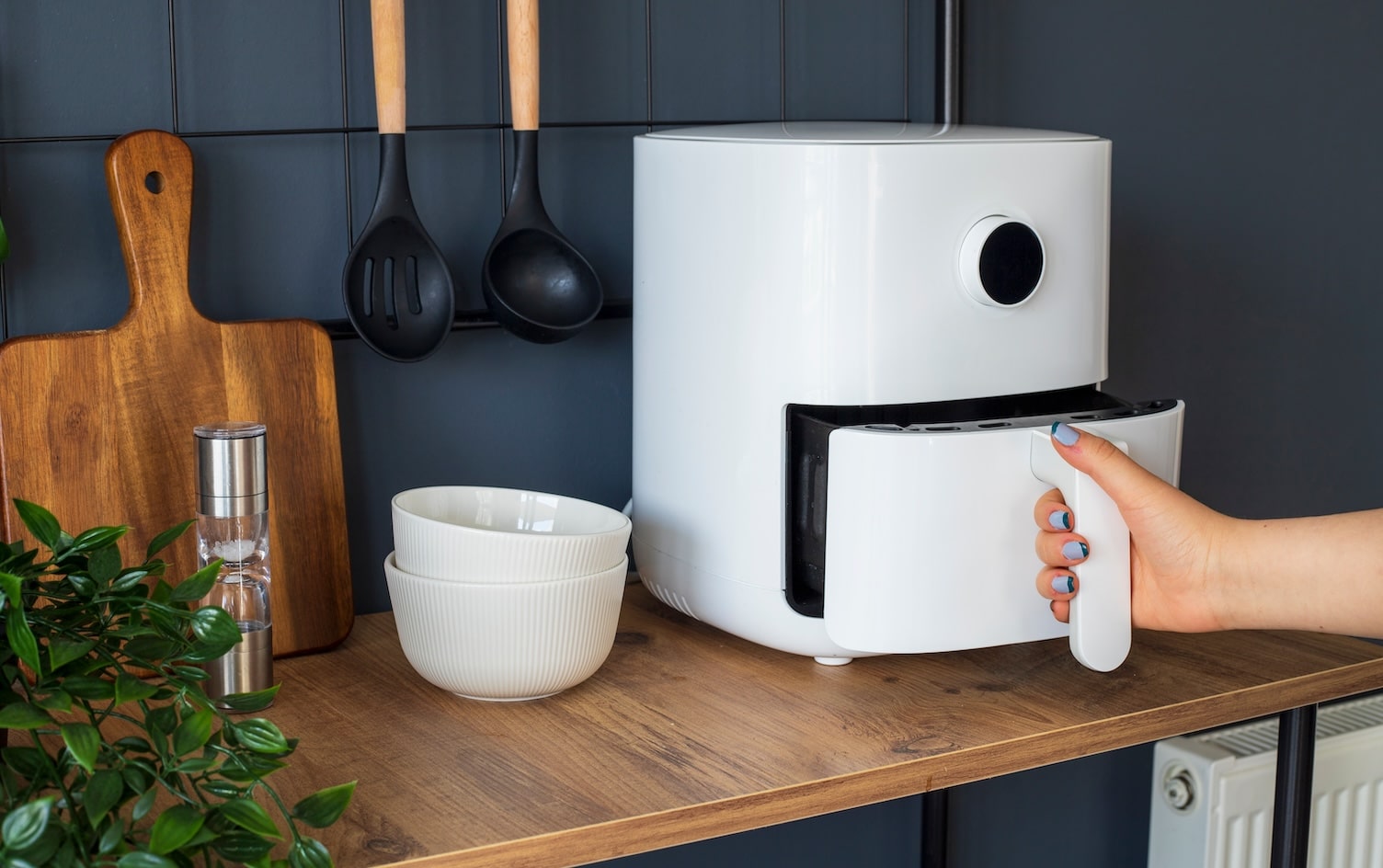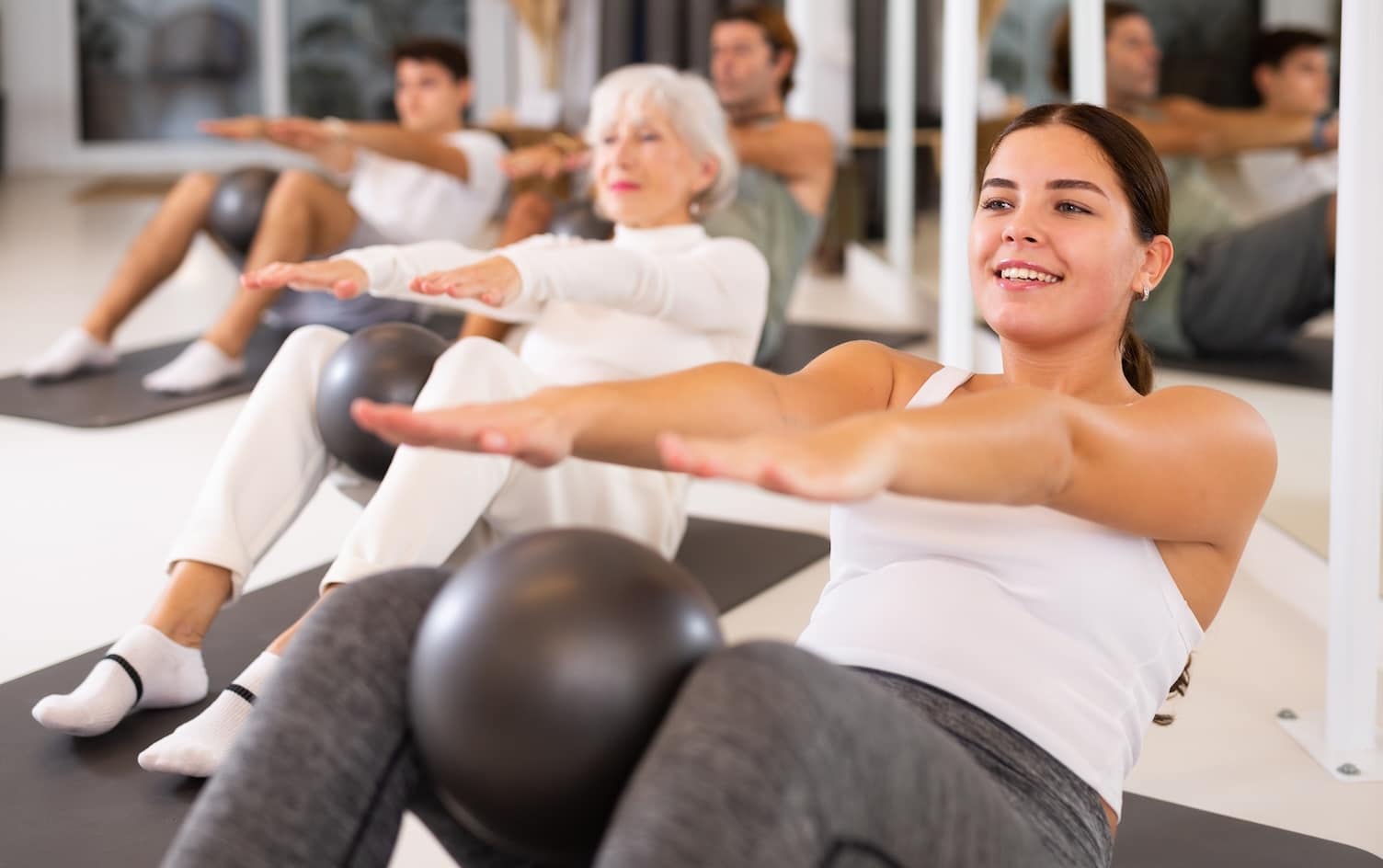The next time you’re having a hard time falling asleep, cue up some binaural beats.
That’s the technical term for when you hear two different tones, one in each ear. “The binaural beat is generated by the simultaneous perception of slightly different frequency tones in each ear. The beat frequency is equal to the difference between those two tones,” explains Nantawachara Jirakittayakorn, who studies binaural beats as a PhD student at Mahidol University in Thailand. So if your left ear hears a 250 Hz tone and your right ear hears a 253 Hz tone, your brain “hears” a 3 Hz frequency beat.
Research shows this phenomenon may help improve sleep. In a small study by Jirakittayakorn published in Frontiers in Human Neuroscience, listening to binaural beats increased the length of deep sleep. The music also increased the activity of delta brain waves, which are associated with deeper sleep. In an earlier German study, 15 athletes exposed to binaural beats in their sleep reported better quality sleep and less sleepiness.
WHAT BINAURAL BEATS DO
“Binaural beats synchronize brainwaves to the rate of the binaural beat,” explains audio engineer Jesse House, co-founder of Mialuna Life, an alternative and holistic health service that uses binaural beats in meditation music for live sound healing. “Certain brainwave frequencies are associated with certain states of mind, including various sleep states. We can mimic those frequencies with the binaural beating to entrain a listener into a sleep state faster, get them deeper and hold them there longer.”
This is different from white noise, which you may have used to try to fall asleep. “White noise is the result of many audible frequencies played together at a constant level of intensity. As a result, white noise creates a constant, static-y sound that is used to lessen the jarring impact of environmental noises,” explains health psychologist Traci Stein, PhD, MPH, core faculty at the Spirituality Mind Body Institute at Teachers College of Columbia University. While white noise does help some fall asleep, it doesn’t work the same way that binaural beats do.
In addition to helping with sleep, binaural beats may also help people focus or calm down, Stein adds. For some, that may even lead to a meditative-like experience. In fact, many use binaural beats with other mind-body techniques like guided imagery and self-hypnosis, Stein says.
HOW TO TRY IT
If you’re curious to try binaural beats for sleep, most people tolerate them well, but a small group of people report feeling headachey, Stein says, so try and see. House recommends always using earbuds or headphones so the “beat” happens in your brain, rather than the room. Many times binaural beats are combined with nature sounds or music; some apps allow you to pick a customized background track such as beach surf.
Stein recommends the apps Brainwave 35 Binaural Programs and Brainwave 21 Altered States. “They seem to thoughtfully include BBT (binaural beat technology) to move someone into the desired training state but then also re-alert them properly,” she says.
House suggests the free Mialuna Life recordings on Spotify and YouTube. (You can also download recordings for purchase on iTunes, Google Play and Amazon.) “I do not recommend just searching willy-nilly online; you’ll get lost in the nonsense,” he says. “I started to create my own, because I was ripping supposed binaural beats off of YouTube and throwing them into digital audio workstations to test if they were truly binaural beats, and most of the time, they weren’t.”
Lastly, remember: “It’s not magic, it’s science,” House says. There’s more research to be done, but there’s no harm in trying it to get better zzz’s.




